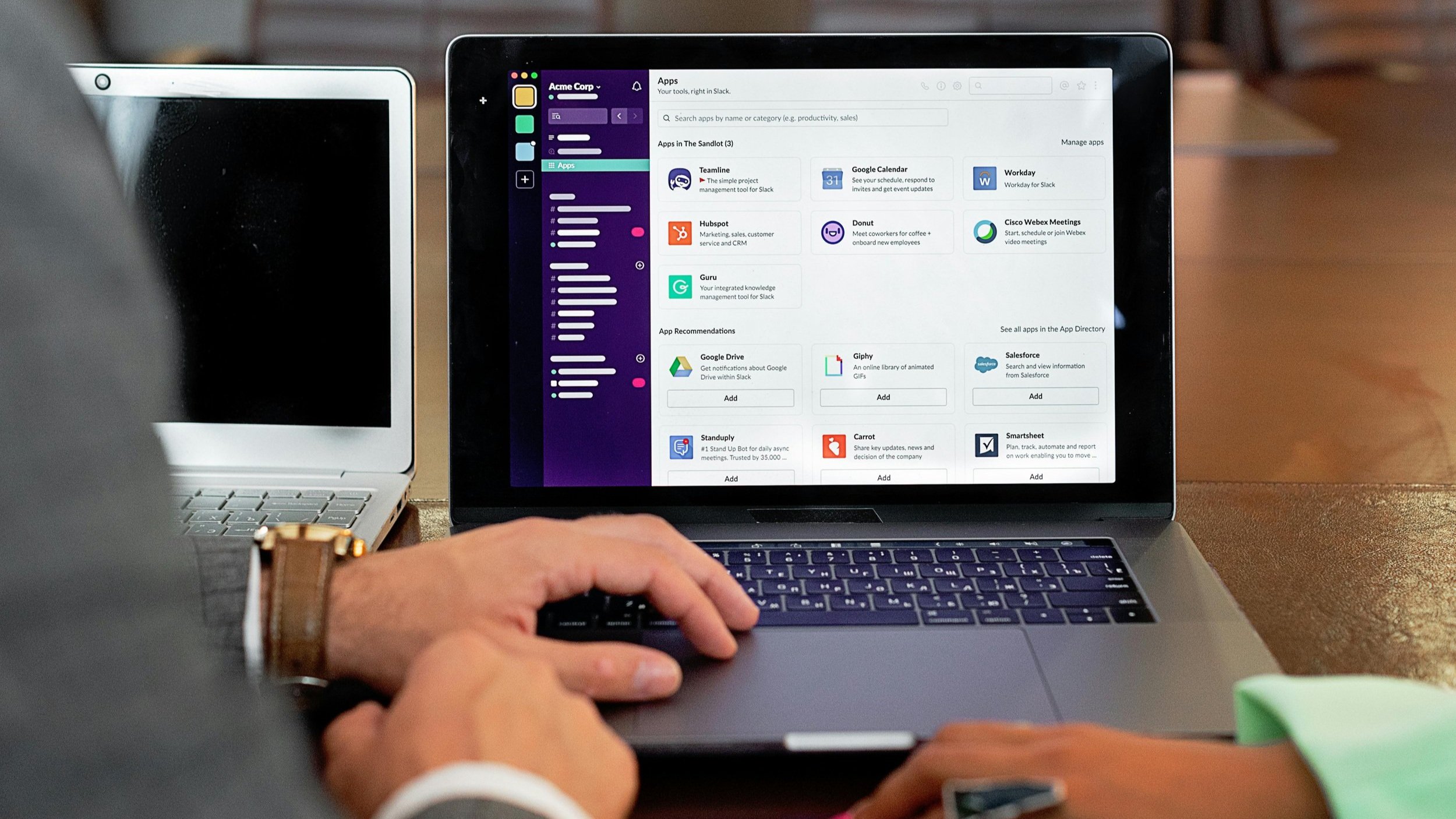Technology & Tools for Remote Work
Your tech stack can make or break your remote team’s productivity. Here’s how to choose the right tools to streamline workflows and foster collaboration.
1. Communication Tools
Slack: Real-time messaging with integrations.
Zoom: High-quality video calls.
Microsoft Teams: Combines chat, video, and file storage.
2. Project & Task Management
Asana: Great for task tracking.
Trello: Kanban-style boards for visual project management.
ClickUp: All-in-one for tasks, docs, goals, and time tracking.
3. File Sharing & Collaboration
Google Workspace: Docs, Sheets, and Drive for real-time collaboration.
Dropbox: Secure cloud storage.
Notion: Versatile workspace for notes, databases, and docs.
4. Time & Productivity Management
Toggl: Time tracking with reports.
RescueTime: Analyzes productivity patterns.
Clockify: Time tracking for teams.
5. Cybersecurity Essentials
VPNs: Ensure secure connections.
Password managers: Like LastPass or 1Password.
Two-factor authentication: Adds an extra layer of security.
What You Should Know
The right tools reduce friction, foster collaboration, and keep remote teams connected and productive.


